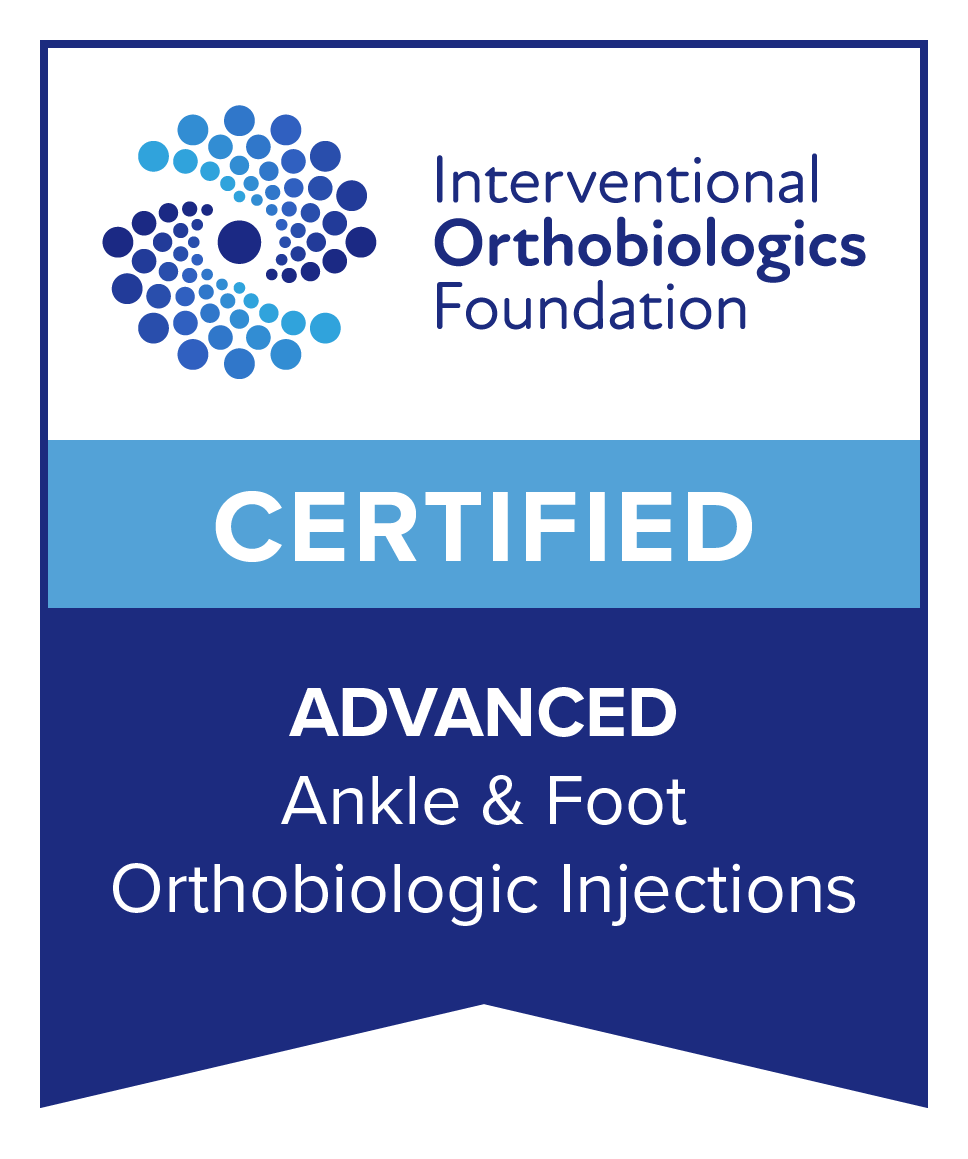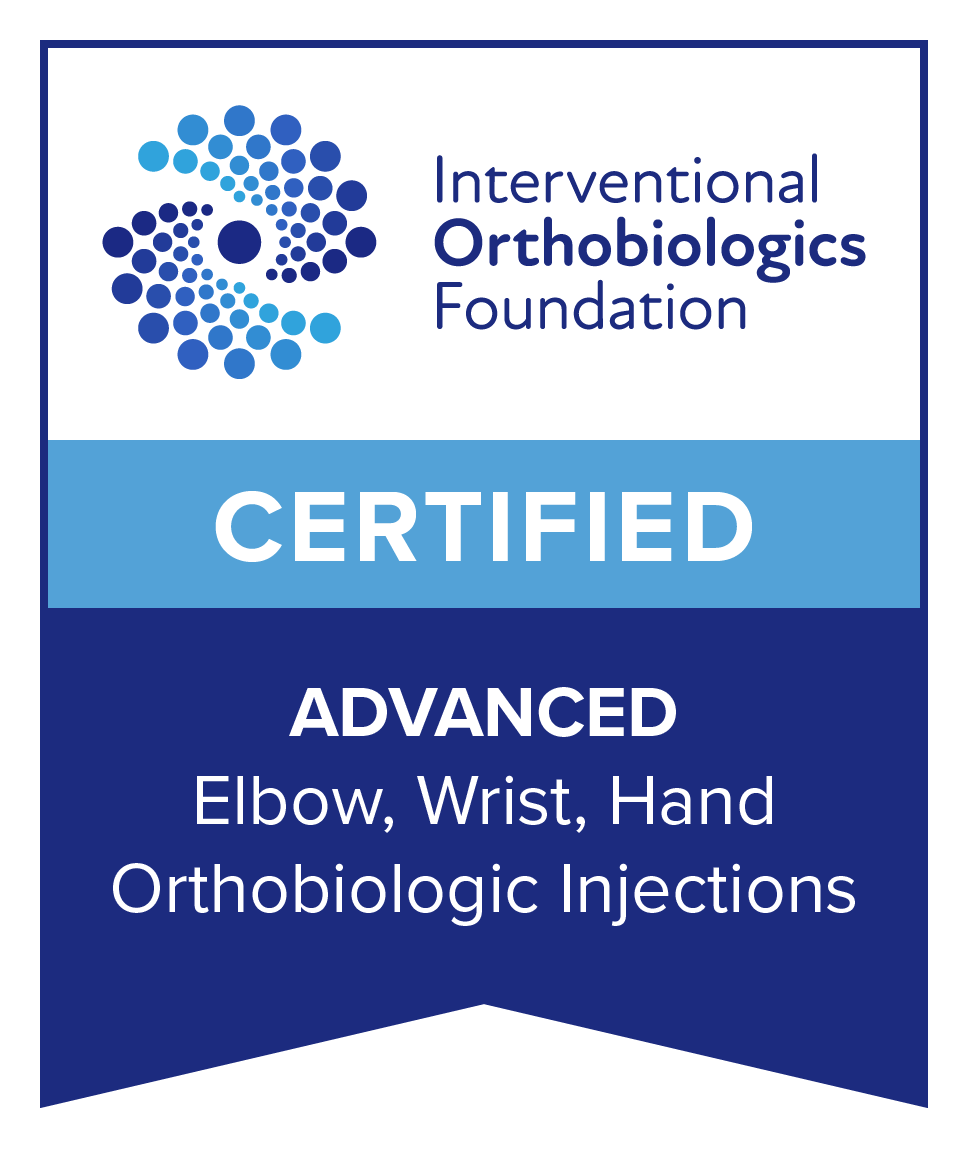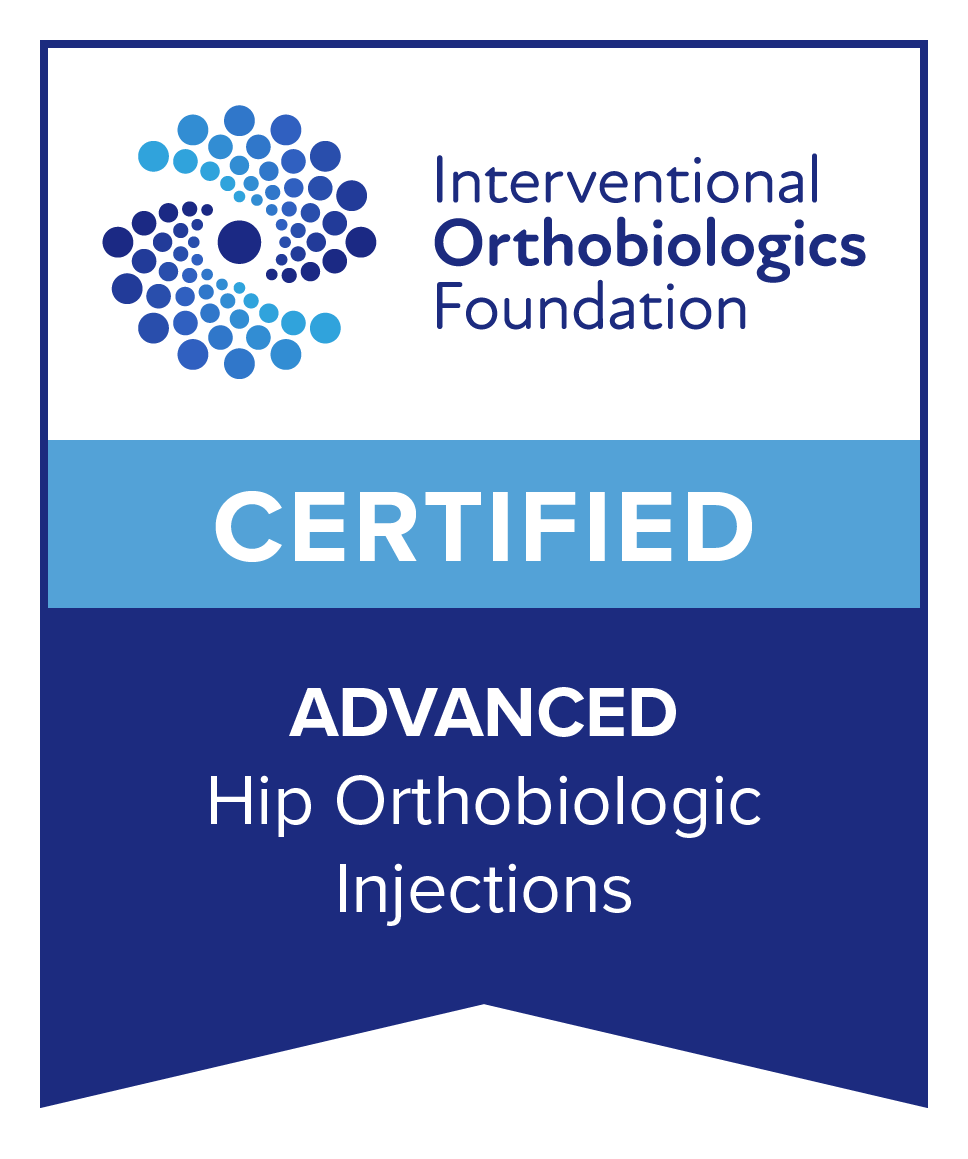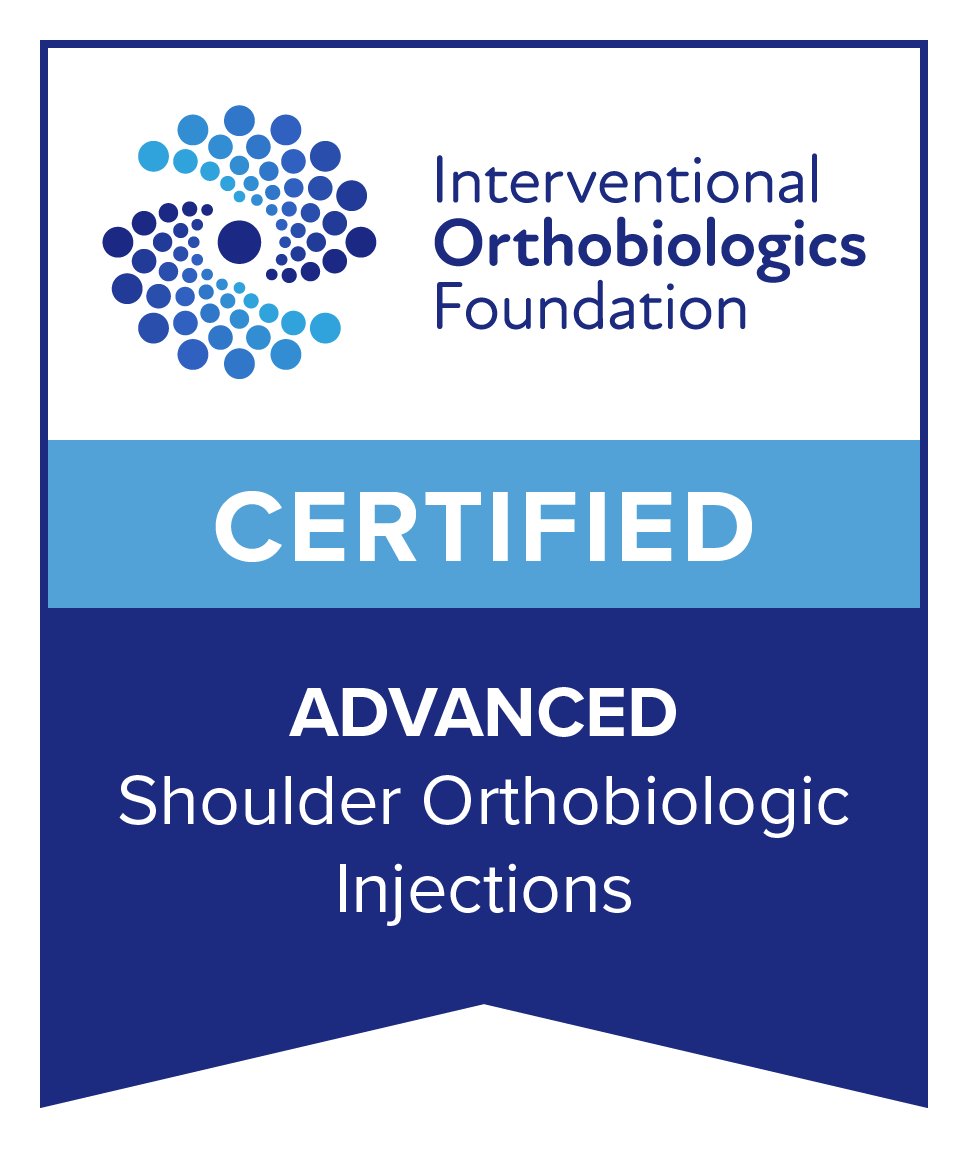Cervical Stenosis Treatment in Pearland, TX
Cervical Stenosis Treatment in Pearland, TX
Relentless neck pain, tingling sensations, and weakness in the upper extremities are indicative of a condition known as cervical stenosis. Fortunately, you don’t have to live with these symptoms holding you back. Dr. Lance LaFleur, MD of the Texas Institute of Pain & Spine, provides comprehensive cervical stenosis treatment in Pearland, TX.
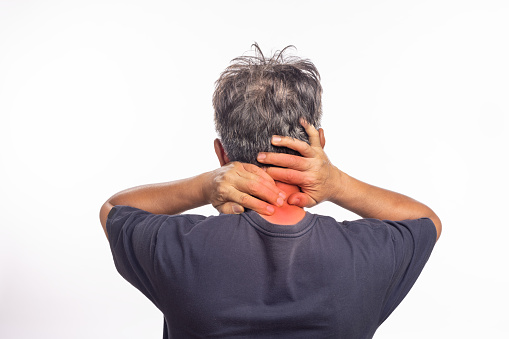
Pearland’s Board-Certified Spinal Specialists
You deserve to live without pain. At the Texas Institute of Pain & Spine, we’re here to help you discover the road toward effective relief. Led by Lance LaFleur, MD, a dual board-certified anesthesiologist, pain medicine, musculoskeletal, and regenerative medicine specialist, our facility is home to innovative technology and the highest standards of quality care.
Understanding Cervical Stenosis
Cervical stenosis is a condition that causes narrowing in the neck area of the spine. Similar to other conditions that target the cervical spine, cervical stenosis can derive from numerous factors, ranging from injuries to subsequent medical conditions. Cervical stenosis causes an offset of adjunctive conditions, compromising the function of the spinal cord and nearby nerve roots.
The Effects of Cervical Stenosis
The spinal canal shields the spinal cord and associated nerve branches. With cervical stenosis, this canal begins to narrow, triggering pain, spinal pressure, and weakness of the extremities. Without intervention, cervical stenosis causes spinal cord dysfunction (myelopathy), pinched or damaged nerves (radiculopathy), or a combination (myeloradiculopathy) that affects the nerves and spinal cord.
Cervical Stenosis Causes
It is possible to be born with cervical stenosis, but it is more common in individuals over the age of 50 due to age-related spinal wear. It can also be linked to preexisting injuries, surgeries, and certain diseases and conditions, including:
- Degenerative disc disease
- Herniated/bulging discs
- Bony overgrowths (osteophytes)
- Rheumatoid arthritis
- Osteoarthritis
- Spinal tumors
- Spinal ligament thickening
Cervical Stenosis Symptoms
Cervical stenosis can begin as asymptomatic, meaning patients do not experience spinal abnormalities until the condition progresses. As the condition advances, cervical stenosis symptoms may include:
- Mild to severe neck pain
- Balance, gait, and coordination impairments
- Weakness in the upper extremities
- Numbness or tingling sensations
- Decreased mobility
Diagnosing Cervical Stenosis
At the Texas Institute of Pain & Spine, cervical stenosis diagnosis and treatment are handled by our dual board-certified spinal specialist, Dr. Lance LaFleur MD. Employing a comprehensive approach, Dr. LaFleur diagnoses this condition based on the patient’s medical history, symptoms, and a physical and neurological assessment. These assessments may include X-rays, MRI, or CT scans.
Cervical Stenosis Treatment
Dr. LaFleur strives to address cervical stenosis using conservative modalities before exploring the possibility of cervical stenosis surgery. To accommodate varying degrees of severity and symptoms, we may recommend one or a combination of minimally invasive treatments, including:
- Prescription pain medications
- Physical therapy
- Chiropractic care
- Steroid injections
- Nerve blocks
- Lifestyle modifications
Severe Cervical Stenosis Surgery
Patients with advanced, symptomatic cervical stenosis may require a more invasive approach to treatment. For severe cases, a decompression and/or fusion surgery may be necessary.
Cervical Stenosis Prevention
Congenital cervical stenosis cannot be prevented. In contrast, there are ways to lower the risk of developing cervical stenosis caused by age-related wear and injuries and prevent worsening symptoms of existing conditions. To uphold good spinal health, we recommend:
- Maintain a healthy weight
- Refrain from smoking/tobacco use
- Prioritize good posture
- Adopt a regular exercise regimen
Contact Texas Institute of Pain & Spine for Treatment
If you or a loved one is experiencing cervical stenosis symptoms, Lance LaFleur, MD, is here to help. Our cervical stenosis treatment options in Pearland, TX, offer personalized care and effective relief. Contact us today to learn more or schedule a consultation.

